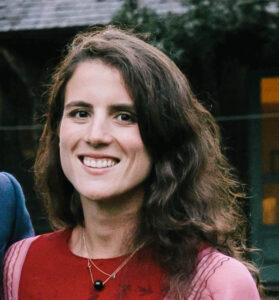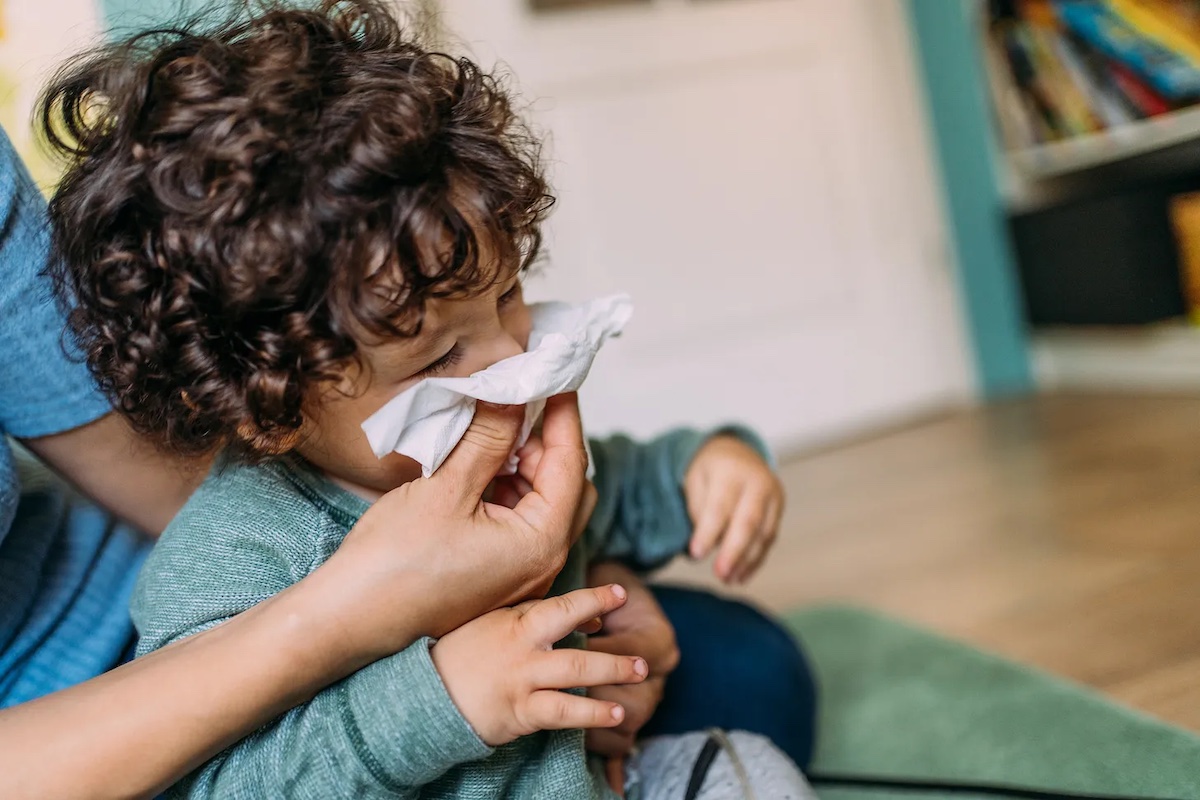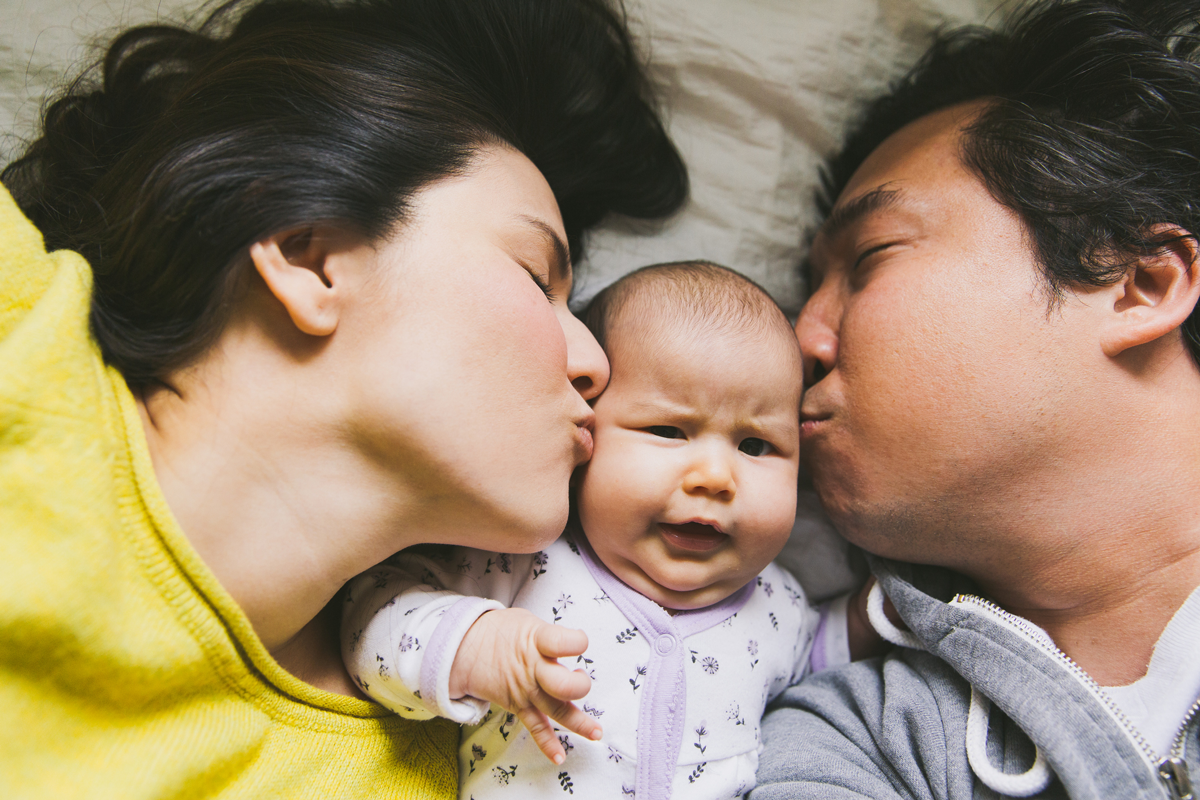As I was getting ready for the arrival of my first child, everyone offered opinions on what exactly I needed to buy. One friend said she wouldn’t have survived without a wipe warmer — it made diaper changes almost pleasant. The colleague of another friend had rated three different bottle warmers, and even though only one did the job credibly, she was glad she had all three. Another acquaintance listed several alternatives for diaper-pail trash bags on her baby list, highlighting the ones she thought were best.
Before entering the world of parenthood, it was practically impossible for me to imagine how much baby gear there is, how many different opinions exist on which particular brand or type of item is “best,” and how many different lists you will get from people you barely know. Product recommendation sites and blogs proliferate endlessly, all assessing slightly different models of strollers and changing mats and diaper caddies. But I think many of us who have had a baby and sifted through the black hole of baby-gear internet would agree that there’s not that much of a difference between most of this stuff, and even if there is, we probably didn’t need it anyway.
Of course, that’s not true just of baby gear, but baby gear brings the superfluity of so much of what we buy into sharp relief, because even if we do use it, we likely won’t need it for that long. And there’s just so much of it.
For nearly eight years, I have worked as a climate change and environmental journalist, and I wrote a book about the environmental impacts embedded in much of our stuff. Which is not to say I think attempting to “lower your carbon footprint” or “lead an eco-friendly lifestyle” are the best or only ways to “solve” the climate crisis. I don’t.
I don’t believe that individual behavioral changes are enough to adequately reduce greenhouse gas emissions and environmental degradation — that is only possible on collective, societal levels spurred by governmental incentives and regulations — but I do believe that it’s important to live in line with your values and to try to minimize the impacts where you can, especially for those of us with the resources — both money and time — to investigate the alternatives. We shouldn’t feel individually guilty about climate change, but we should feel collectively responsible for building a better world.
Usually “investigate the alternatives” means “don’t buy more stuff.”
But in the weeks before and after having a baby, it’s pretty hard to resist buying stuff, especially if you are a millennial professional with a desk job and a smartphone having your first child around 30 during the COVID-19 pandemic, armed with free shipping, and accustomed to being able to master a skill or understand a problem by putting in enough time and energy. If someone (or a website) you know and trust told you some indispensable object would help with sleep or feeding or whatever thing feels like it’s going wrong in the immediate aftermath of having a baby, buying it feels easy enough, because it offers every desperate parent (myself included) the illusion of control and ease.
But it’s just that: an illusion.
Something many of us likely hear from our parents is that all of the stuff we’re buying didn’t exist when we were born, and everything turned out (more or less) fine. There are things that are certainly better — I love our silicone bib, and I’m grateful breast pumps don’t weigh seven pounds anymore — but there is so much more stuff to be bought: pee guards, snot suckers, sound machines, sound machines with lights, portable sound machines, battery-operated nail files, car-seat strollers, travel strollers, jogging strollers. Many experienced parents will tell you that many of these things are, simply, a waste.
Which leaves us to ask — if not from necessity, where did it all come from? Why is there more now than there used to be?
The answer is plastic. And, underneath that, the answer is oil and gas. In 1990, when I was born, the global plastic industry produced 120 million metric tons of plastics. In 2019, the most recent year for which data is available, that number had shot up to nearly 460 million metric tons. By 2040, the World Economic Forum estimates that plastic production will double compared to 2020. This growth in plastic production has been enabled by a growth in oil and gas production.
The widespread availability of plastic makes it cheap, which means there are many, many plastic baby products that are also cheap.
But things are only “cheap” because no one is accounting for the true costs of production: externalities like greenhouse gas emissions from production, use, and disposal (as things settle into landfills for the rest of geologic time); water pollution; particulate matter pollution from trucking and shipping; or the health care costs of exposure to all that pollution and the extreme heat or other extreme weather events.
The idea that plastic is bad for the environment is widespread, even if we consume a lot of it. In the area of baby toys, though, you may ask: “What about all of the expensive stuff? The stuff that’s ‘eco-friendly’? That isn’t made from plastic.”
That’s true, but here I would just note that everything — even that fancy wooden toy — requires resources to be produced, and has an impact too. And some items marketed as eco-friendly alternatives aren’t really as eco-friendly as their makers would like you to believe. Bamboo seems great, but often old-growth or hardwood forests are cut down to plant bamboo plantations. The landscape is complicated.
So what are we supposed to do? Use cloth diapers and breastfeed our babies until they’re 12 and walk around naked and only eat crickets? Well, first of all, even that doesn’t work. It’s not entirely clear whether cloth diapers are more “sustainable” than disposable diapers. But also, no! This isn’t an argument for buying nothing. It’s an argument for thinking before clicking.
Ask yourself what you really need. Buy less stuff, and keep it for longer. The stuff your kids grow out of quickly: donate it, share it, sell it.
As I wrote above, I don’t think we are responsible for solving the problem of climate change ourselves, and we can’t shop our way out of it either. As with any large systemic problem, the only way to solve it comes from collective sustained effort and engagement over long periods of time.
No one can do everything. But everyone can do something. The most important thing that any parent — any adult — can do is vote. Vote in every election. Vote for politicians who “believe” in climate change and want to use the power of the government to reduce emissions, accelerate the clean energy transition, and ensure clean air and clean water and a livable future for our kids.
Buying less and trying to reduce our own impacts are worth doing because everything matters and anything is better than nothing, though these things alone won’t address climate change. These things might seem small — walking or biking to school or work, not eating red meat one day a week (or more!) — but if you do those things, bigger things might become easier. You could volunteer for a politician you believe in, campaign for clean energy in your community, run for office yourself.
The most important thing we can do as individuals and as parents is to stay focused on all the work that still needs to be done, for today and the future. That’s the work that all of us need to do together to sidestep catastrophe. So whatever it is you think you “need” to buy, sleep on it (to the extent possible).
We know what happens if we do nothing: things only get worse, in our own lifetime and even more so in our children’s. The best time to do something about climate change was 50 years ago. The second best time is today.
Community Guidelines













Log in